PLACES OF INTEREST
Riedlingen has a lot to offer its visitors - museums, the Municipal Gallery or just a leisurely tour of our wonderful old town with its magnificent historic buildings.
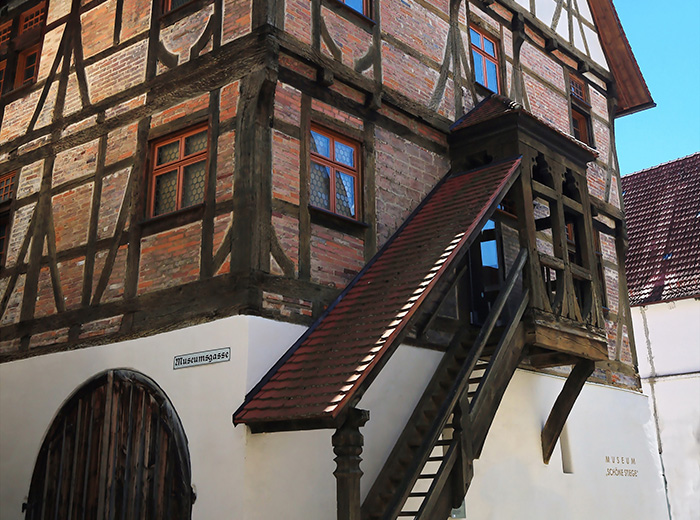
Museum
Municipal Museum "Schöne Stiege" (Beautiful stairs)
The museum of local history of the city Riedlingen. At the end of 2002 it was set up in the half-timbered building "Schöne Stiege" in Rösslegasse 1, built in 1556. In the permanent exhibition, the manifold testimonies to the history of the city and church, to the economic life and to the history of the oldest newspaper from 1712 onwards. A special collection presents the stock of more than 200 reverse glass paintings of the 18th and 19th century ...
further information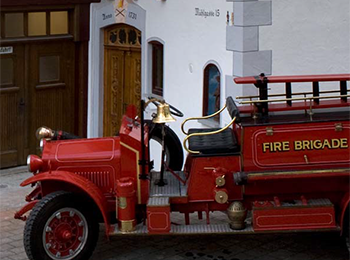
Museum
The fire department museum
In four and a half years, the dilapidated Hirsch scuff was rebuilt in the old town from 2003 to a gem. On two floors, a large, private fire brigade collection can be visited. You will find here both old fire engines and hand pressure sprayers as well as many small parts such as helmets, parade weapons and so on.
further information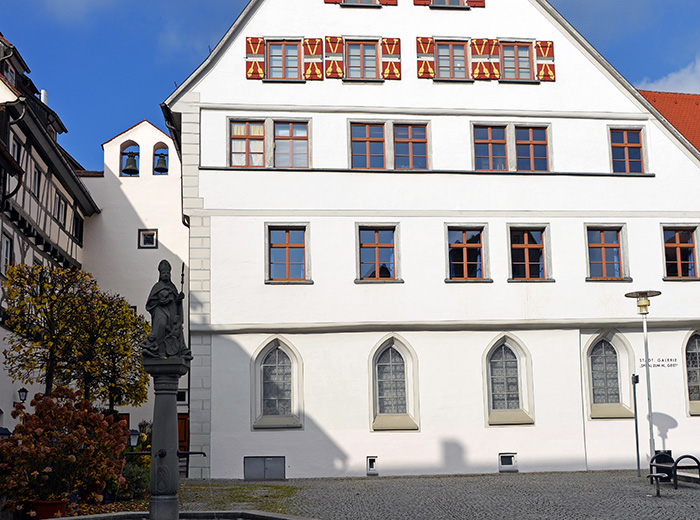
Art exhibition
Municipal Gallery
Near the Museum Schöne Stiege, in the "Hospital zum Heiligen Geist", there is the Municipal Gallery at Wochenmarkt place. In the late Gothic refectory, the sculpture collection with works of important Riedlinger artists of the 18.-20 century. As the Municipal Gallery, the former chapel presents changing exhibitions of contemporary artists.
further information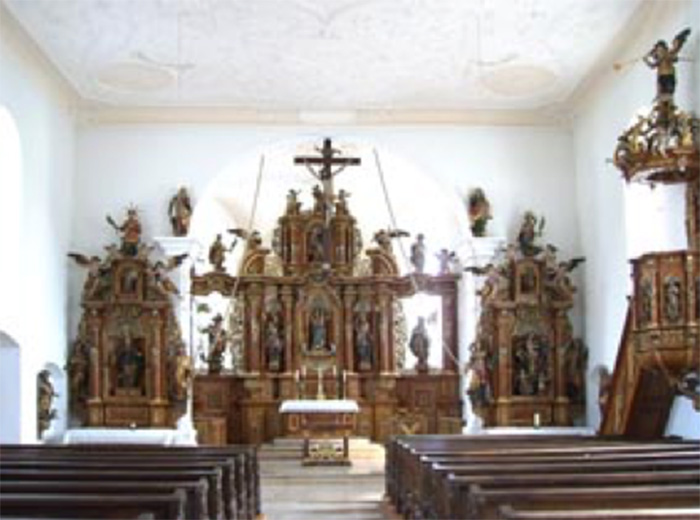
Chapel
Weilerkapelle
The "Weilerkapelle to the Immaculate Virgin Mary and the 14 Nothelfern" ,first mentioned in 1398, was rebuilt in 1721-1724. As artists are said Franz Joseph Kazenmayer and Georg Anton Machein. Distributed over three altars are the "fourteen helpers", shelter and helpers of the people in need or better? for deperate people. The remarkable stucco decoration shows the rare representation of unicorn mysticism.
The chapel was a popular pilgrimage destination for centuries.
Photos and text: Winfried Aßfalg
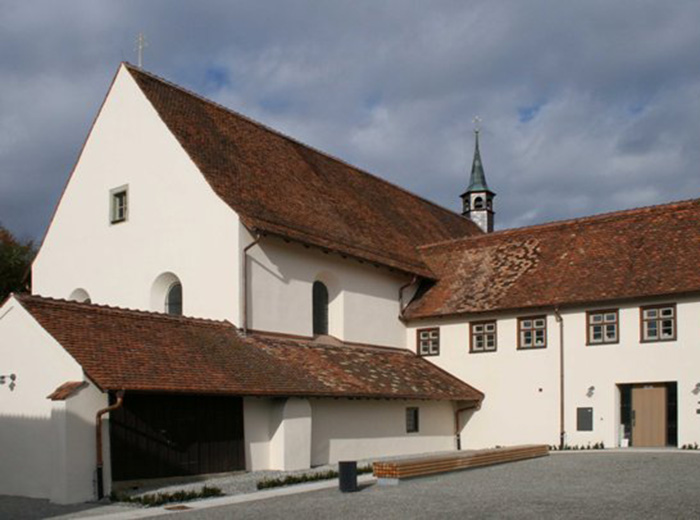
Monastery
Former Capuchin Monastery
The former Capuchin monastery with church to the hl. Sebastian is historically one of the best preserved facilities of this congregation in the southwest.
The church, the cloister and an originally preserved monk's cell let the visitor dive into the 17th and 18th century of a mendicant congregation.
The former monastery church shines with special works of local artists such as the painter Johann de Pay d.J. (1614 - around 1660), Franz Joseph Spiegler (1691-1757) and the sculptor Johann Joseph Christian (1706-1777).
Photos and text: Winfried Aßfalg